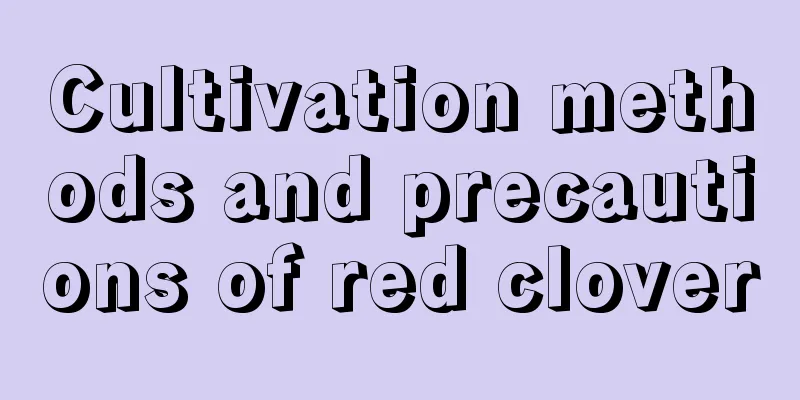Gypsy breeding methods and precautions

1. Maintenance methods1. Substrate selection: Gypsophila has relatively low requirements for soil. Like other succulents, most special soils for succulent flowers can be used. The soil should meet the requirements of good drainage, looseness and air permeability. 2. Temperature management: The temperature must be controlled during maintenance and must not exceed the limit temperature. The low temperature cannot be lower than 10℃, and the high temperature in summer cannot exceed 35℃. 3. Water management: It is drought-resistant and requires little water, so just water it when the soil is dry or wet during maintenance. Avoid rain, otherwise the roots will rot. In winter and summer with extreme temperatures, water once every 2-3 months. 4. Light management: During the growing season, it should be placed in a sunny place and given enough sunlight. In winter, it should be placed in a place with strong light indoors for maintenance. In midsummer, it should be shaded and ventilated and not exposed to the sun. 2. Breeding techniques1. Wintering: In winter, it should be placed indoors for insulation, and the placement should be sunny. The indoor temperature should reach about 10℃, and the water should also be controlled. 2. Summer: In summer, be careful not to expose it to the sun, and the temperature should not exceed 35℃. It is best to place it under the shade of a tree or in a cool place indoors. 3. Problem diagnosis and treatment1. Root rot: It is a drought-tolerant plant and requires little water, so the water supply must be controlled. Frequent rain and water accumulation in the pot will cause root rot. The roots should be trimmed immediately and the soil should be changed. 2. Scale insects: When you find insects on the leaves, just clean them up in time. If there are a large number of insects, they should be sprayed and killed thoroughly with medicine as soon as possible. IV. Other issues1. Can it be exposed to rain: No, it cannot be exposed to rain, as it will cause root rot. If it rains for a short period of time, pay attention to drainage after the rain. 2. Can it be raised at home: Yes, it can be raised at home. It is ornamental and pleasing to the eye. It can also purify the air, absorb carbon dioxide and release oxygen. |
<<: The cultivation methods and precautions of red
>>: Breeding methods and precautions of hairy starfish
Recommend
What to do if the lipstick flower does not bloom or drops buds
Improper application of water and fertilizer for ...
What to do if Hawaiian coconut leaves turn yellow
1. Inappropriate fertilizer When cultivating it, ...
Method for germinating pepper seeds
Before germinating the Sichuan peppercorns, you n...
Cultivation methods and precautions of azalea bonsai
1. Maintenance methods 1. Soil: The plant likes l...
How to grow peony indoors
Can peonies be grown indoors? Peony is a flower t...
Characteristics of Peony Flowers
1. Appearance characteristics Peony is known as t...
Is the madman fruit poisonous?
Is it toxic? Toxicity records There is informatio...
How to grow potted pomegranate trees? Cultivation methods and maintenance matters
How to grow pomegranate trees in pots 1. Soil: Po...
How to prune hydrangeas, when to prune
1. Pruning method 1. Pinching: When hydrangeas ar...
What trees are suitable for planting in sandy land? What trees are better for planting in sandy land?
The trees suitable for planting in sandy land inc...
What kind of plant is Milan and what does its flower look like?
1. Morphological characteristics Milan is a shrub...
Can rose potted plants be placed indoors? How to grow them indoors?
1. Can it be placed indoors? Its potted plants ca...
Is the banyan tree a shade or sun-loving plant?
Do banyan trees prefer shade or sun? The banyan t...
How to fertilize celery to make it grow better?
Celery originates from plants in the Mediterranea...
You must have never heard of this kind of "flower". It is sun-resistant and easy to grow, and the blooming flowers fill the yard with fragrance!
Today Huahua will introduce to you an alternative...









